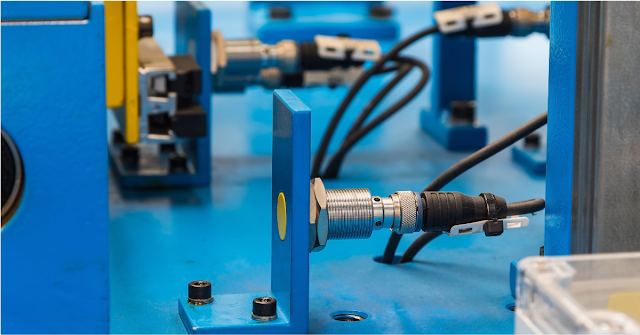Photoelectric Sensors
Introduction
Photoelectric sensors are essential devices in industrial automation, enabling the detection of objects, changes in surface conditions, and distance measurement without physical contact. They use light (usually infrared) to detect the presence, absence, or distance of objects.
In this guide, we'll explore the three main types of photoelectric sensors — Through-Beam, Retro-reflective, and Diffuse Sensors — to help you choose the right one for your application.
What is a Photoelectric Sensor?
A photoelectric sensor consists of a light emitter (LED) and a receiver. When an object interrupts or reflects the emitted light beam, the sensor detects the change and triggers a response. These sensors are widely used in manufacturing, packaging, logistics, and production lines.
Types of Photoelectric Sensors
1. Through-Beam Sensor
In a through-beam setup, the emitter and receiver are placed opposite each other. The sensor detects an object when it interrupts the light beam between the two.
2. Retro-reflective Sensor
Retro-reflective sensors have the emitter and receiver housed in the same unit. A reflector placed across from the sensor bounces the emitted light back to the receiver. An object is detected when it breaks the beam.
3. Diffuse Sensor
In a diffuse sensor, the emitter and receiver are also in the same unit, but no reflector is needed. The sensor detects objects based on the reflection of light off the object itself.
Conclusion
Choosing the right photoelectric sensor depends on your application's distance, environment, and object properties.







0 Comments